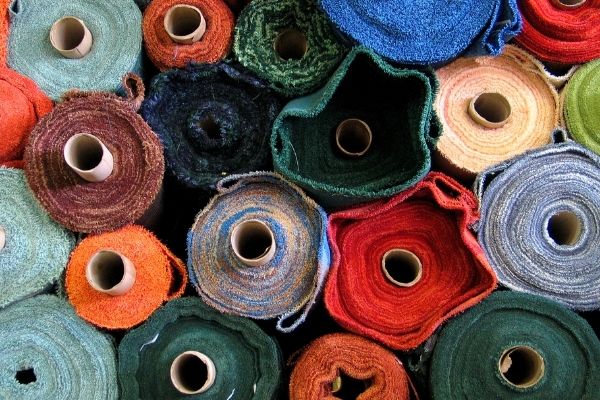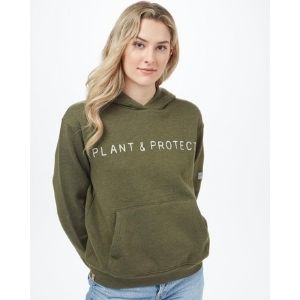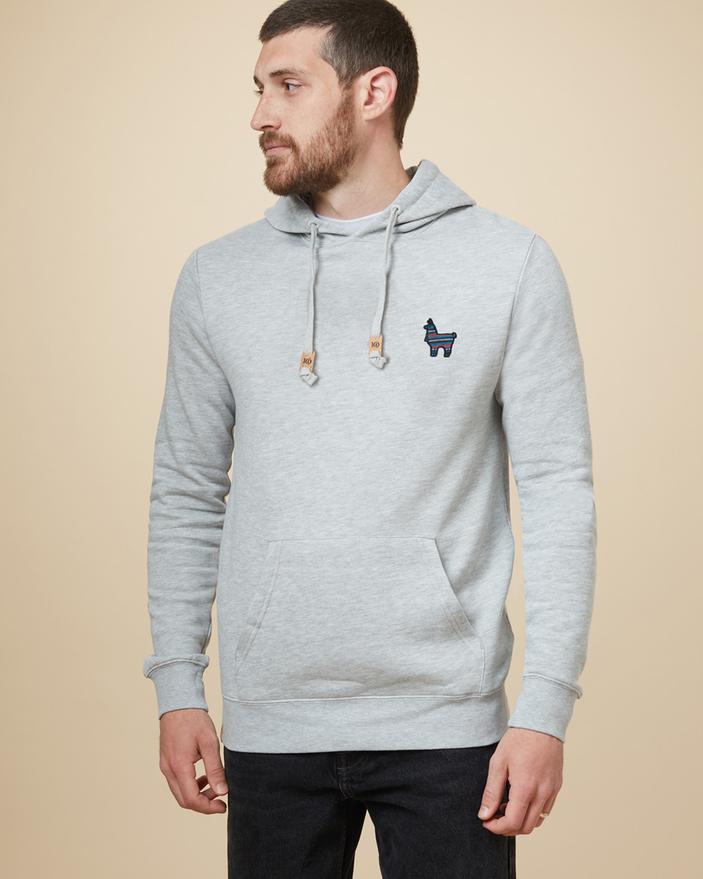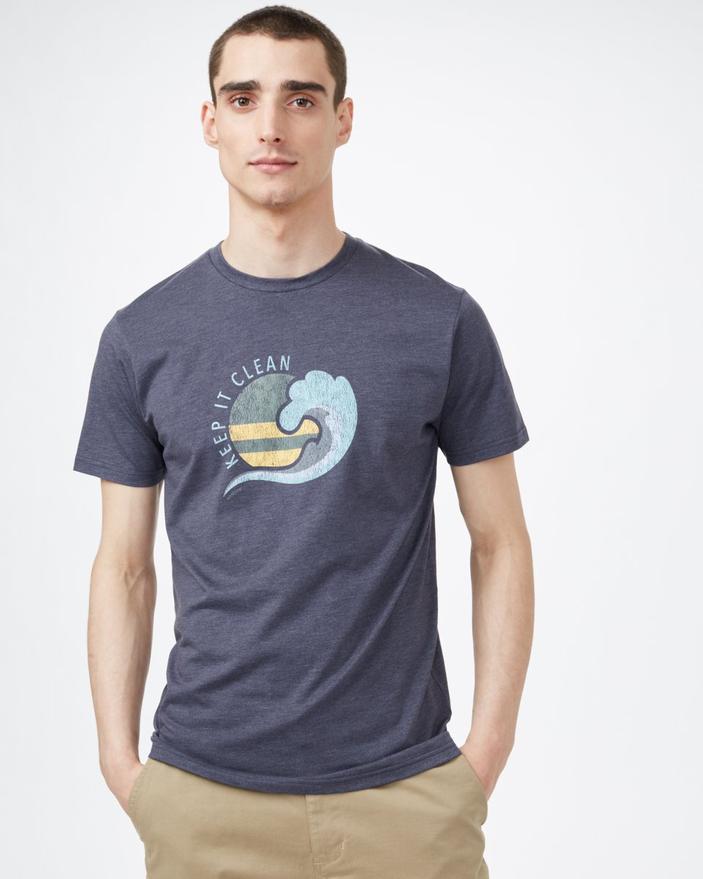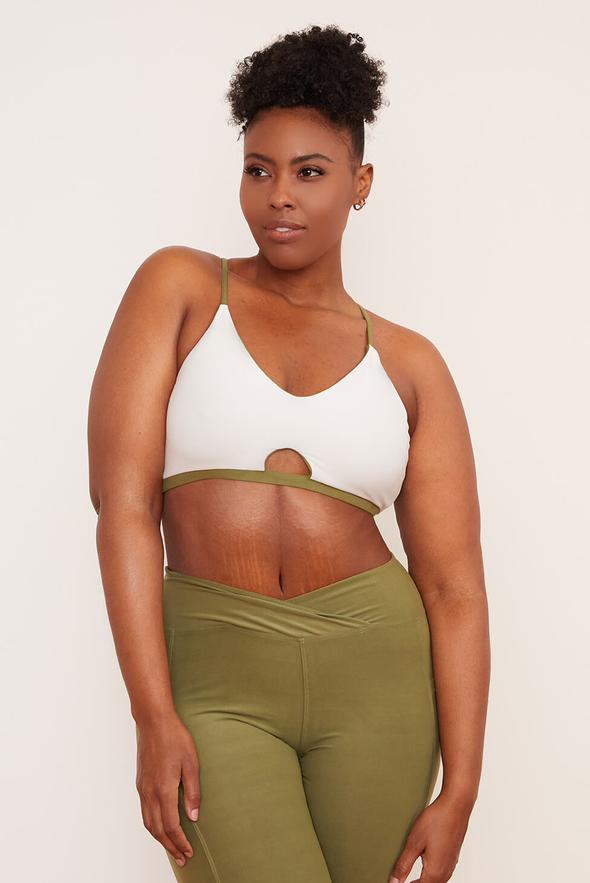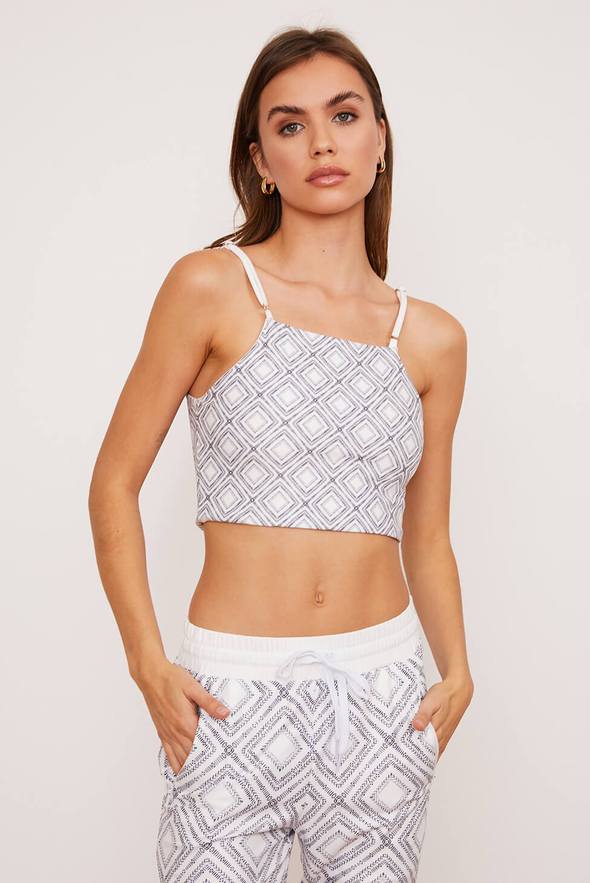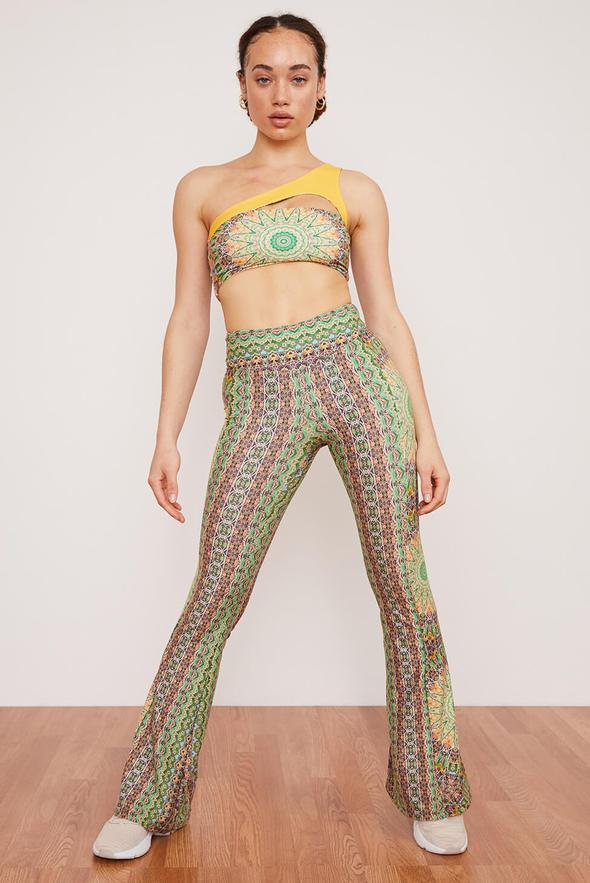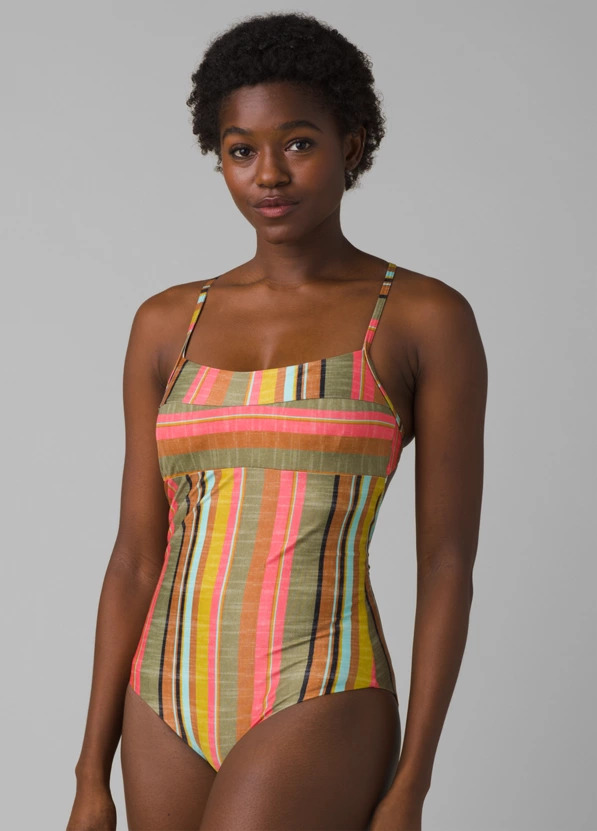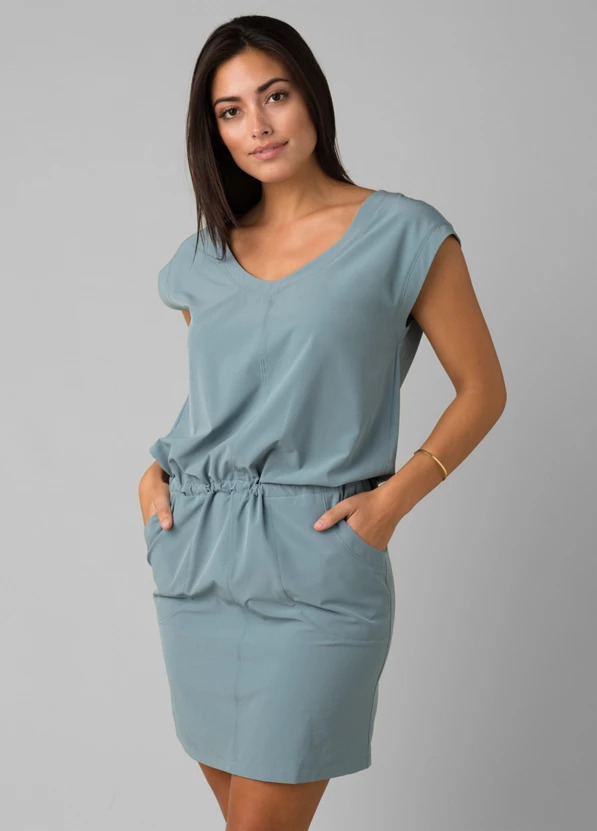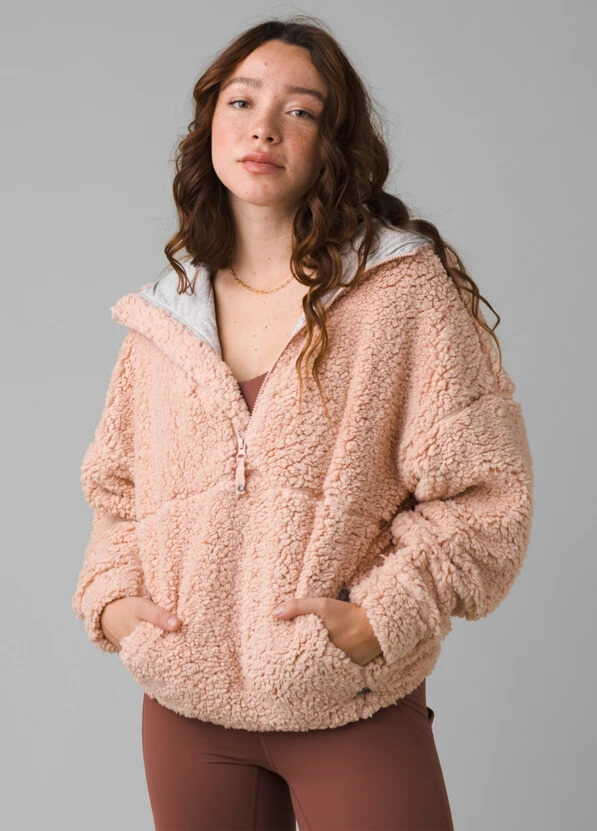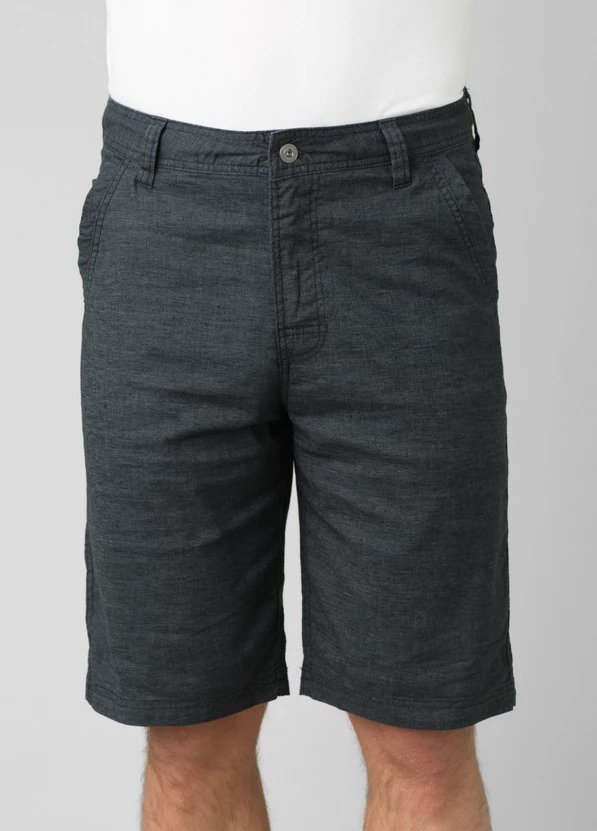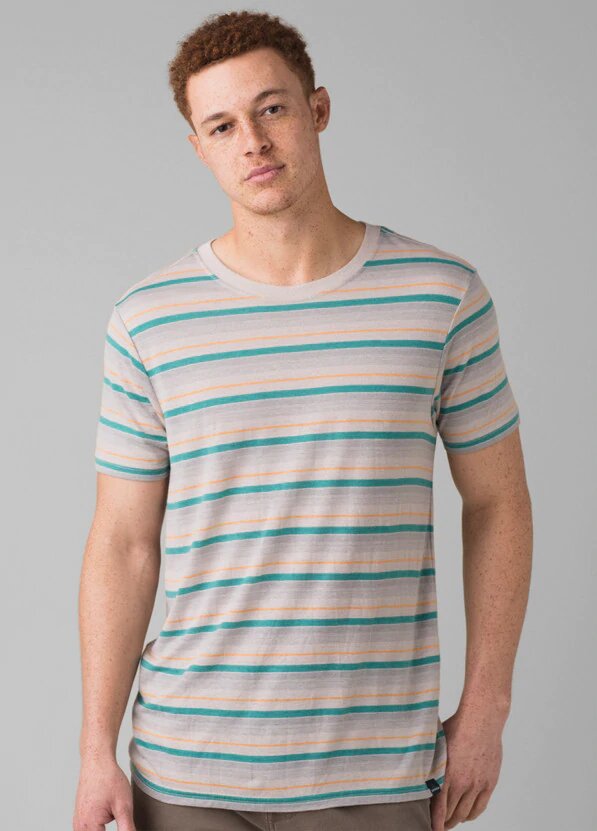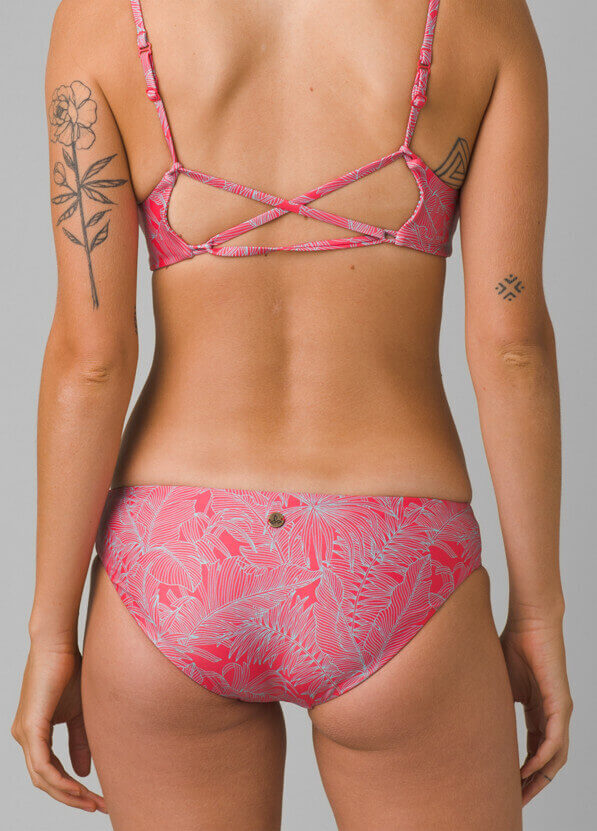Polyester is everywhere, but what is polyester?
Are you an eco-conscious consumer who is interested in learning about the polyester products around you, what they are made of, and how you can make better choices for yourself and those you love?
Then you’re in the right place! If you are concerned about the impact fast fashion is having on our beautiful planet, and most importantly – how you can be a change-maker – then let’s get stuck in…
It’s not always easy to unpack topics that are complete with scientific jargon and complicated manufacture and sourcing processes – which is why at Everyday Recycler, we have got you covered – we make it easy for you to form your own educated decisions based on research and sound knowledge.
It’s 2021, and thankfully many of us are starting to tune into environmental topics and sustainability. Exciting stuff!
In this article, we dig into the aspects of polyester and recycled polyester, and how some simple changes can make the world of difference to our environment.
What Is Polyester?
We are all familiar with the term ‘polyester’ as it is one of the most common fabrics around – but what is polyester?
In terms of textiles and fabrics, ‘polyester’ is the common name for ‘polyethylene terephthalate (PET or PETE), also referred to as Plastic Number 1.
Fun fact: polyethylene terephthalate is plastic…
Yes, you heard that correctly!
Polyester fiber is used in various industries, from clothing, food, and drink packaging to manufacturing. Polyester belongs to a group of substances or materials called ‘polymers’ due to the makeup of its molecules. Want to learn more about polymers and plastic? Read our article on What is Plastic?
There are both natural and synthetic polymers and polyesters. However, over 60% of the world’s polyethylene terephthalate (polyester) production is synthetic.
Officially classed as a ‘commodity plastic’, a plastic used in high volume and many different applications, polyester makes up 18% of the world’s produced plastics and is the most widely used and produced plastic globally.
What Products Are Made From Polyester?
It’s important to reframe our notions of plastic beyond a plastic bottle or straw to realize that many items we have around us – even fabric – are made from plastic.
Intrigued to see what polyester is used for?
Let’s take a look at a non-exhaustive list of polyester fiber usage in common everyday items…
Common Items Made From Polyester:
- Clothes – a variety of clothes, from t-shirts, coats, and underwear to activewear are made from polyester and polyester blends – especially weatherproof clothing and swimwear
- Footwear – you will find polyester in different types of shoes from trainers to those comfy slippers that you love
- Food and liquid containers – stores are filled with polyester packaging, and PET bottles are responsible for 30% of the global production of polyester¹


- Home furnishings and textiles – think bed sheets, pillowcases, sofas and seating, carpet, curtains, duvet and pillow filling, and more…
- Householding finishings – it’s often used to varnish and protect wood, so your beloved guitar is likely to be covered in a polyester resin
- Car accessories – yes, it’s even in your car… seat belts, car seats, flooring covers
- Luggage and accessories – such as suitcases, purses, belts, and backpacks
- Technology – used in cables, phone casings, and other technology products
- Fishing nets – ok perhaps not an ‘everyday item for everyone, but you get the point – polyester is everywhere
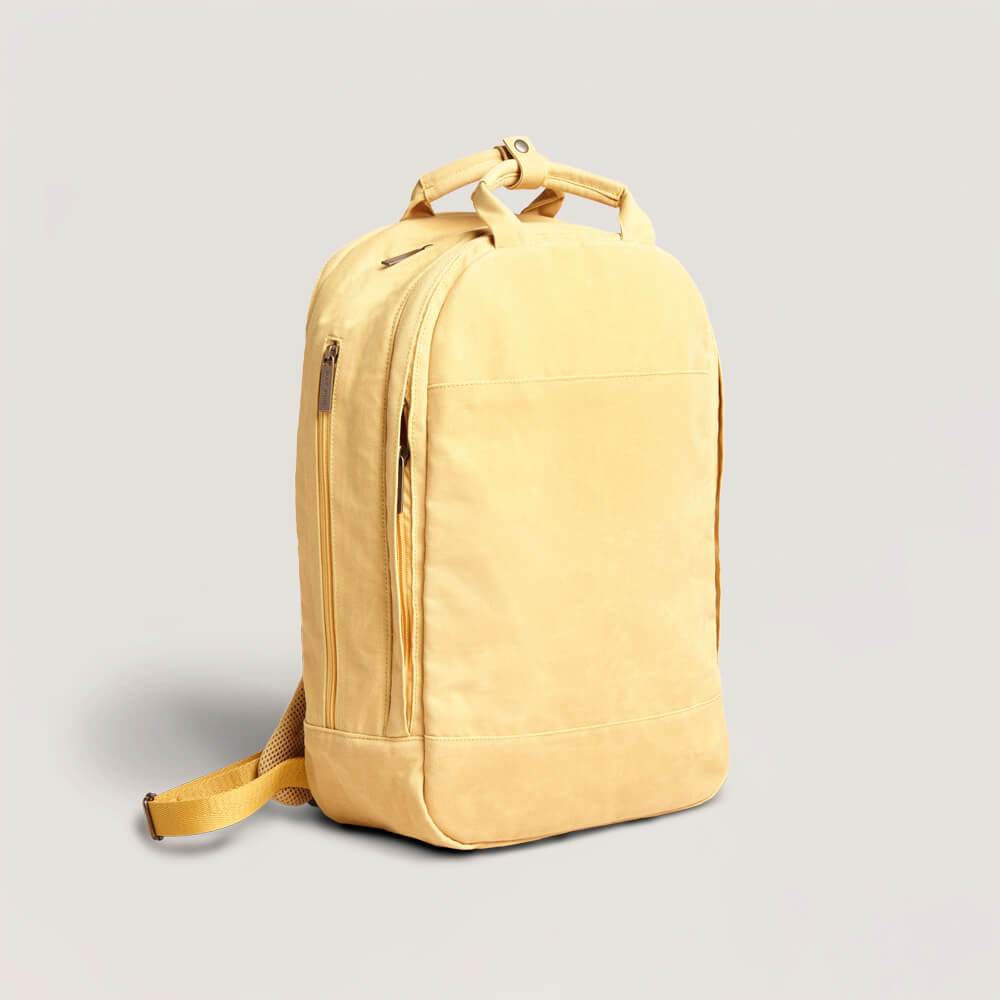


What Are The Characteristics Of Polyester?
Polyester fibers are commonly used along with other types of fibers, including natural fibers. By mixing fibers together, you can alter the fabric quality and properties.
Synthetic polyester fibers are known to be:
- durable, quick-drying, and highly resistant to environmental factors, such as water and wind
- extremely stain resistant – they can only be colored using special disperse dyes
- good at insulating
- strong – tear and wrinkle resistant
- reliable and lightweight – retains its shape well and is resistant to shrinking and stretching
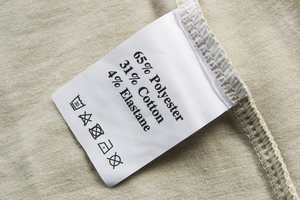
The Advantages And Disadvantages Of Polyester
The figures are clear – polyester is highly used globally across various sectors due to its properties.
But why do we use so much polyester?
What are the advantages and disadvantages of prolifically using a ‘commodity plastic‘ in an age in which we are simultaneously seeking eco-friendly sustainability and environmental homeostasis?
Polyester is generally a synthetic fiber that is classed as plastic – the obvious benefits of this are its ability to be multipurpose and its durability. It is also cheaper than natural fiber and faster to produce, which benefits manufacturers and consumers financially.
However, polyester is also sensitive to temperature, flammable, often regarded as non-breathable, and is known to commonly cause skin irritation.
Not only that – but the majority of synthetic polyester is not biodegradable and uses tons of non-renewable resources to produce. This means it is having a long-lasting effect on our environment beyond its intended use. Not cool.
It’s food for thought, right?
How Is Polyester Made?
What material is polyester? Synthetic polyester is produced by a reaction between an acid and an alcohol (commonly terephthalic acid and ethylene glycol).
There are many resources like energy and water funneled into producing polyester. Not only that, but ethylene glycol is derived from petroleum, and the pollutant effect of the oil industry on our wonderful planet is an extremely high price to pay for polyester undies.
The United States Environmental Protection Agency (EPA) reports that petroleum and natural gas systems are the second largest contributor to greenhouse gasses in the USA.
Once the polyester has been created, it goes through various manufacturing processes to achieve the product we see. All of these processes use energy, water, and often chemicals.
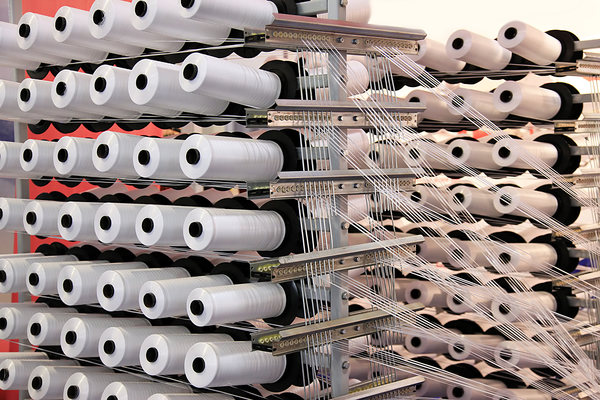
Can Polyester Fabric Be Recycled?
Luckily for us, the redeeming factor about polyester is that it can be recycled – hooray!
On top of that – some amazing brands are pioneering recycled materials, such as Tentree, PrAna, and Wolven.
Although it’s important to note that not all polyester is suitable for recycling, this is especially difficult when the fibers or materials are blended with others.
Recycled polyester fabric (rPET) is manufactured from recycled polyethylene terephthalate.
We can recycle a variety of virgin polyester from different sources, however, the most common source for the textiles industry is recycled PET bottles.
Recycling our clothes – or anything for that matter – is super important for the eco-conscious consumer. A phenomenal amount of resources go into producing plastic and polyester and fibers and fabrics in general.
How Is Fabric Made From Recycled Plastic Bottles?
Bottles are collected, sorted, and sterilized before being shredded into smaller pieces, which are then heated. Once the polyester is melted, it can be spun into recycled PET yarn. Et voila – recycled polyester fiber!
Learn more about the lifecycle of a plastic water bottle.
It’s super cool to think that your favorite wardrobe items could be made from recycled bottles, and not only that but helping to reduce plastic waste globally.
Read on for some great examples of recycled polyester products.
How Does Recycling Fabric Help The Environment?
- Prevents polyester plastic waste going into the ocean or landfill waste sites
The most widely used polyester is synthetic, which means it doesn’t biodegrade.
This means that it ends up in our seas or on our land, which has a massive impact on the environment and the ecosystem. Fast fashion ensures we create synthetic fiber much faster than we can safely or effectively dispose of it.
By choosing recycled polyester fabric, you save the energy and resources required to produce new items from virgin materials and keep materials like plastic bottles from becoming unused waste, ultimately supporting the circular economy.
- Recycled PET takes fewer resources to produce than virgin polyester.
Research shows that recycled material from waste PET materials takes fewer resources to produce than raw material and virgin textiles.
The petroleum-derived ethylene glycol used to manufacture polyester as a raw material clearly makes it unsustainable due to the many issues of the oil and fossil fuels industry.
Recycled polyester fiber is a smart, sustainable fabric option for eco-conscious consumers. The quality of the fabric is almost identical, however, the price the planet pays is much lower.
- Social pressure to encourage brands to improve their stance on the environmental impact of fashion
The industry of fashion relies solely on consumer backing and public acceptance, therefore choosing to buy from companies that use recycled PET materials in place of virgin polyester fiber encourages social change.
By making a stance and supporting rPET fabric, you can influence positive improvements.
"Every time you spend money, you're casting a vote for the kind of world you want"
Anne Lappe Tweet
How Can We Reduce Our Fashion Environmental Impact?
- The daily affirmation of the eco-fashionista is ‘reduce, recycle, reuse’ – commonly known as the 3 Rs.
The principle of the 3 R’s is to reduce your consumption of unnecessary items. This means mindfully considering the items you purchase and asking yourself if you really need that cute t-shirt when you already have ten that you barely wear…
To recycle what you no longer need rather than disposing of it wastefully. In terms of fashion, textile recycling might be taking items you no longer wear to a local charity or thrift store so that someone else can love your items.
One woman’s rubbish is another woman’s treasure!
Finally, to reuse whatever you can – such as repurposing items and buying second-hand.
Pinterest is my favorite place to get inspiration on how to repurpose clothing. Think about turning the old pair of jeans that you never wear into some daisy dukes.
Or hacking off the bottom of an old t-shirt to manifest a totally on-trend crop top! The possibilities are endless with how you can turn old unworn clothing into revitalized pieces you are passionate about wearing.
Buying secondhand is another avenue of repurposing clothing. Due to the quality and longevity of clothing nowadays, combined with the fast pace of high street fashion – you can always find unique pieces in thrift stores.
- Create a timeless, minimalist, capsule wardrobe
There are plenty of pioneering eco-fashionistas leading the way with inspiration for eco-conscious wardrobes.
On closer inspection, most of us have a variety of clothes which we just never wear. After hanging in the wardrobe for a considerable amount of time – they are tossed into the ‘out of fashion’ pile. Or perhaps you have simply moved forward in your personal style, and it no longer fits the bill.
What is a capsule wardrobe? A capsule wardrobe involves selecting every garment mindfully. Choose each garment based on it being able to last the test of time whilst being able to wear it with a variety of other outfit looks from your minimalist selection.
Using the capsule idea is especially useful in helping reduce our purchases, helping us make better purchase decisions, and end up with less waste.
- Support eco-conscious, sustainable, and ethical brands
There are so many amazing brands that are now choosing to take a stance of their own accord – and they need our support financially to grow, create more impact, and have more influence in the world of fashion.
When buying from a brand, consider what materials they use – are they proudly manufacturing with eco-friendly fabric? Sustainable fabric? Natural fiber such as cotton? or perhaps recycled fiber?
Seek out brands that use natural fiber or recycled fabric to create their pieces where possible, as they will have a lower long-term impact on the environment. There is a large difference between the environmental impact of a polyester garment versus a garment made of organic cotton.
At Everyday Recycler, we are committed to providing you quality options in terms of eco-brands that put environmental and ethical considerations at the forefront of their business ethos.
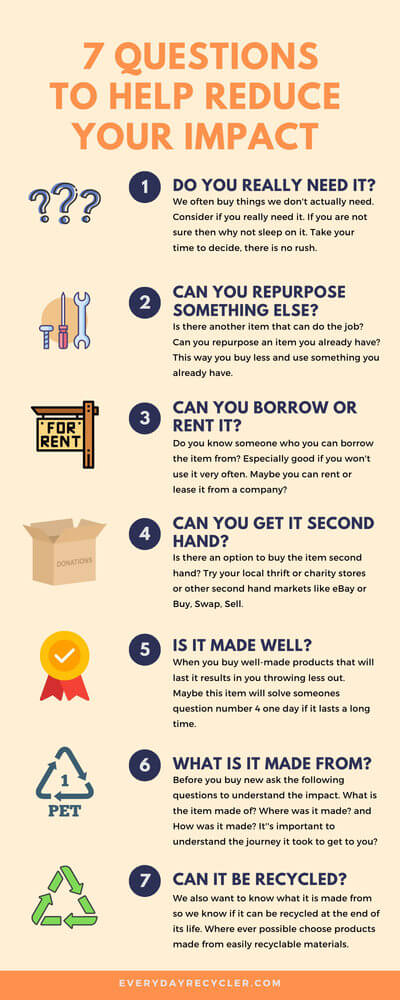
Eco-Fashion Brands We Recommend
Tentree
Tentree not only plants 10 trees for every product that you purchase, but they also use sustainable fibers, including recycled polyester, hemp, organic cotton, and Tencel (which is made from wood pulp).
Ten tree offers a variety of products, from hoodies to activewear.
Click here to see our summary review of Tentree and the amazing ethos and projects they support.
Wolven
Wolven specializes in using RPet fabric (recycled polyester) for their trendy activewear and swimwear collections. Their designs are flattering, and they use many different beautiful patterns on their fabrics.
We highly recommend their range of Zephr printed designs from yoga leggings, sports bras, to swimwear!
Click here to see our summarized review of Wolven and learn more about this popular eco-fashion brand!
PrAna
PrAna prides itself on not only using recycled polyester but also recycled wool and recycled nylon. Another sustainable fiber option they manufacture with is Tencel (made from wood pulp).
At PrAna, you’ll find everything from women’s clothing, coats, swimwear, and activewear to men’s clothes.
Click here to see our summary review of PrAna to get better acquainted with this beautiful eco-fashion brand!
I’m eager to hear your thoughts – did you know that polyester is made of plastic?
Which is your favorite option for eco-fashion – recycling clothes, buying second-hand, or choosing natural fabrics? Let me know in the comments!
Learn more about recycled fabrics in our series:
-
- Recycled Fabric: The Ultimate Guide to Innovative and Sustainable Recycled Fabrics
- Is Nylon Plastic? Sustainable Guide to Nylon and Recycled Nylon Fabric
- Why Should We Use Recycled Cotton Fabric? | Easy Guide To Sustainable Fashion
- 6 Sustainable Fabrics Made From Food Waste | Eco-Friendly Fashion Guide
- Clothes Recycling: How to Recycle Clothes Sustainably
Sources
- Polyethylene terephthalate, Wikipedia
- Polyester, Wikipedia
- Ethylene_glycol, Wikipedia
- Terephthalic_acid, Wikipedia
- Dimethyl_terephthalate, Wikipedia
- EPA, Key Facts and Figures
- Li, Lili & Frey, Margaret & Browning, Kristie. (2010). Biodegradability Study on Cotton and Polyester Fabrics. Journal of Engineered Fibers and Fabrics. 5. 10.1177/155892501000500406.
- F Galgani, D Fleet, and others, 2010, Marine Strategy Framework Directive Task Group 10 Report – Marine litter
- S Radhakrishnan, P Vetrivel, A Vinodkumar, H Palanisamy, 2019, Recycled Polyester—Tool for Savings in the Use of Virgin Raw Material, Kumaraguru College of Technology, Coimbatore India
- 2013, The Impact of a Cotton T-Shirt, World Wide Fund for Nature


